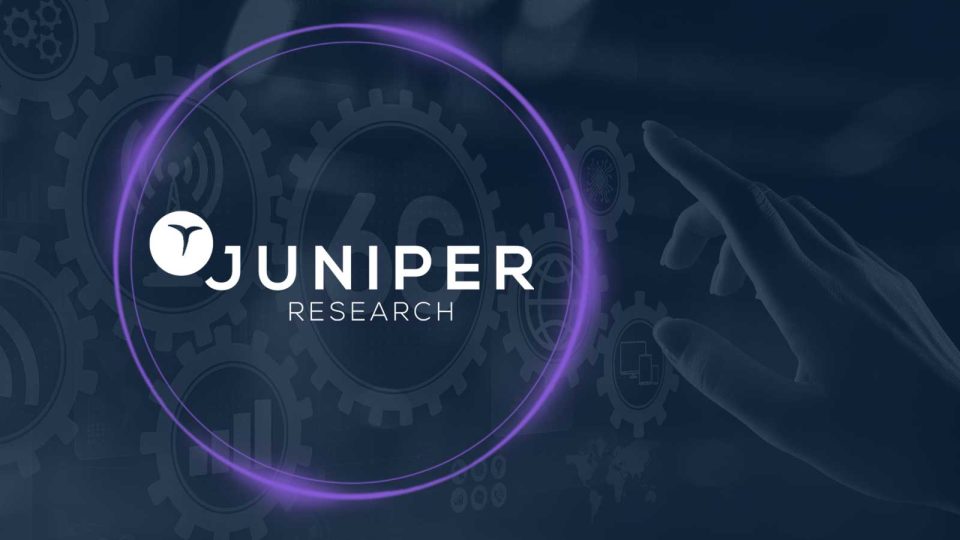Juniper Research, the foremost experts in telecommunications markets, found that global network operator spend on AI for network orchestration will generate $20 billion by 2028; rising 240% from $6 billion in 2024.
The report predicted that enterprises’ increasing use of cellular networks, including for smart manufacturing and autonomous vehicles, will necessitate further investment into AI that automates key network processes.
Recommended: Reviewing Major Cybersecurity Attacks and Resilience Strategies
These use cases require various degrees of high throughput, low latency and geographical coverage. Therefore, to maximise networks’ efficiency and reduce operational expenditure, the report urged operators to accelerate the incorporation of AI into core networks.
AI Investment Critical for Network Performance & Security
The report found that, as operators expand established 5G networks and build future 6G networks, AI must play an essential role. It identified performance optimisation and network security as the most important use cases; accounting for over 50% of global operator spend on AI by 2028.
Additionally, ever-increasing virtualisation of network functions and demand for cellular data will drive operators to implement AI to decrease operational costs. It predicted that the ability to automate real-time network analysis and adjust network conditions accordingly will be crucial to minimising the costs associated with network management and service provision.
Recommended: CIO Influence Primer on Data Integration: Definition, Key Techniques, Tools and Examples
Research author Frederick Savage commented: “As operators compete on the quality of their networks, AI will be essential to maximising the value of using a cellular network for connectivity. High-spending users will gravitate to those networks that can provide the best service conditions.”
The new research suite offers the most comprehensive assessment of the AI in network infrastructure market to date, including insightful market analysis and in-depth forecasts for 60 countries. The dataset contains over 19,000 datapoints, within a five-year period. It includes a ‘Competitor Leaderboard’ and an examination of current and future market opportunities.
Recommended: 10 Things You Should Know About the Modern Data Infrastructure Dynamics in 2023
[To share your insights with us as part of editorial or sponsored content, please write to sghosh@martechseries.com]


